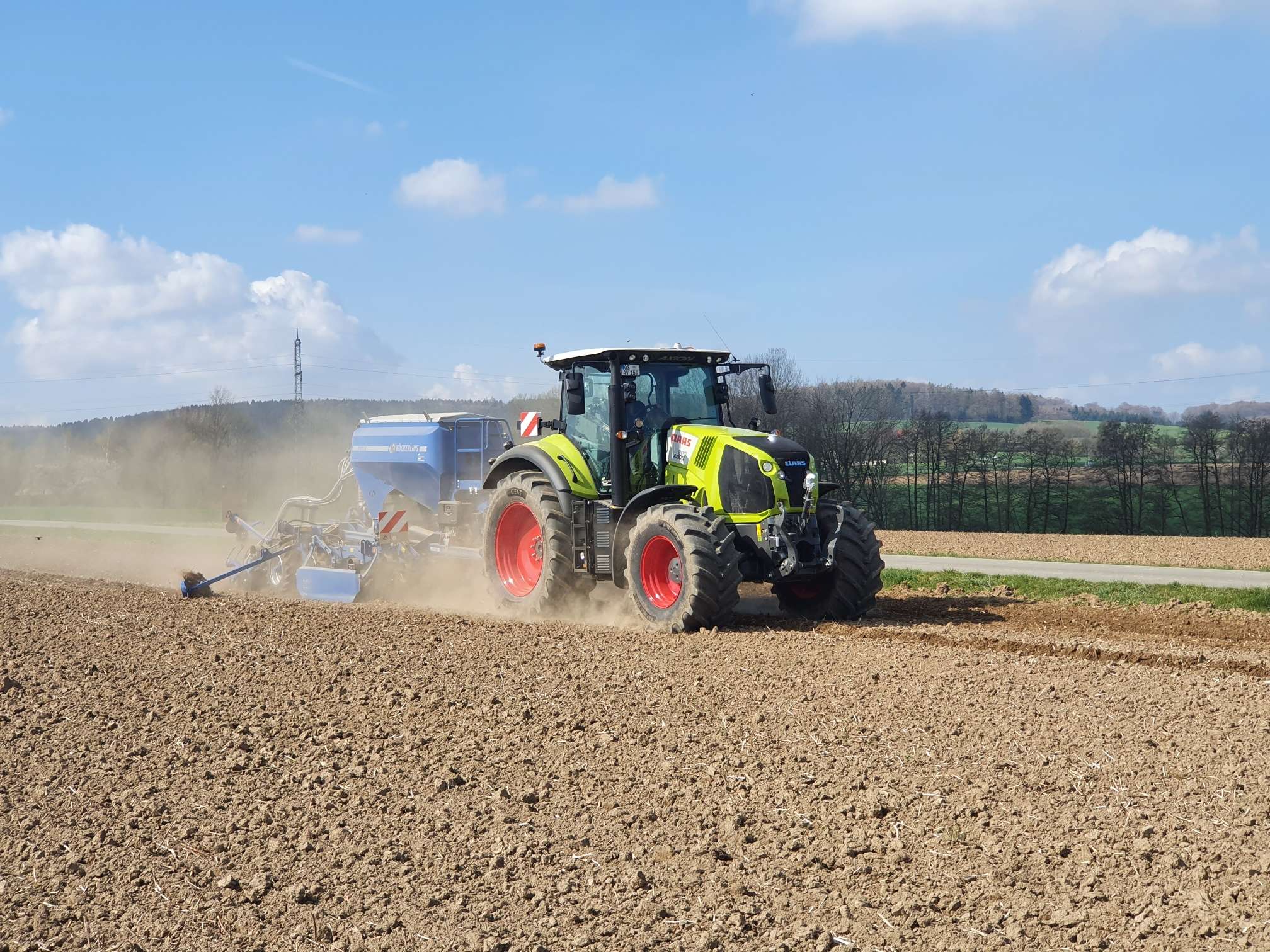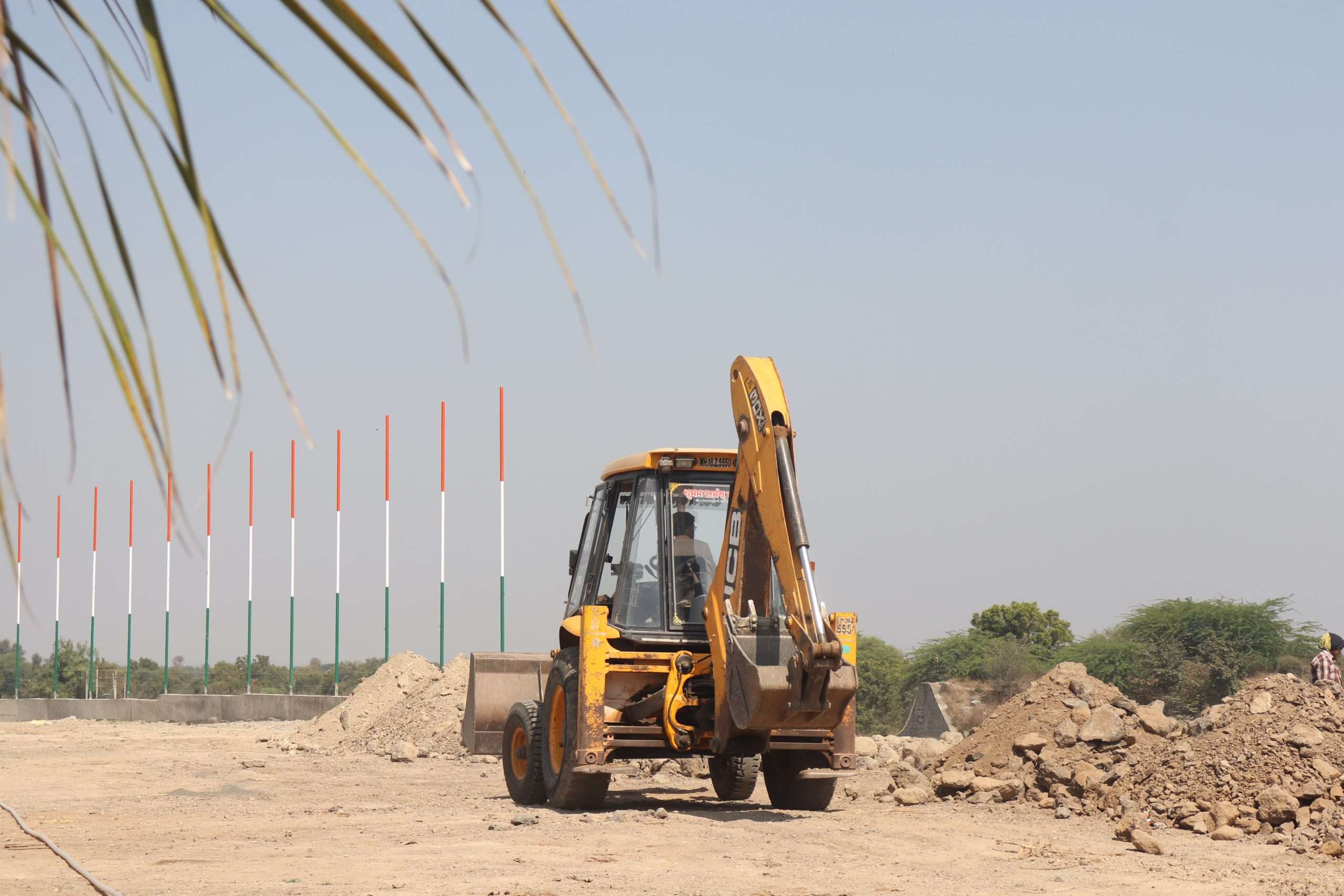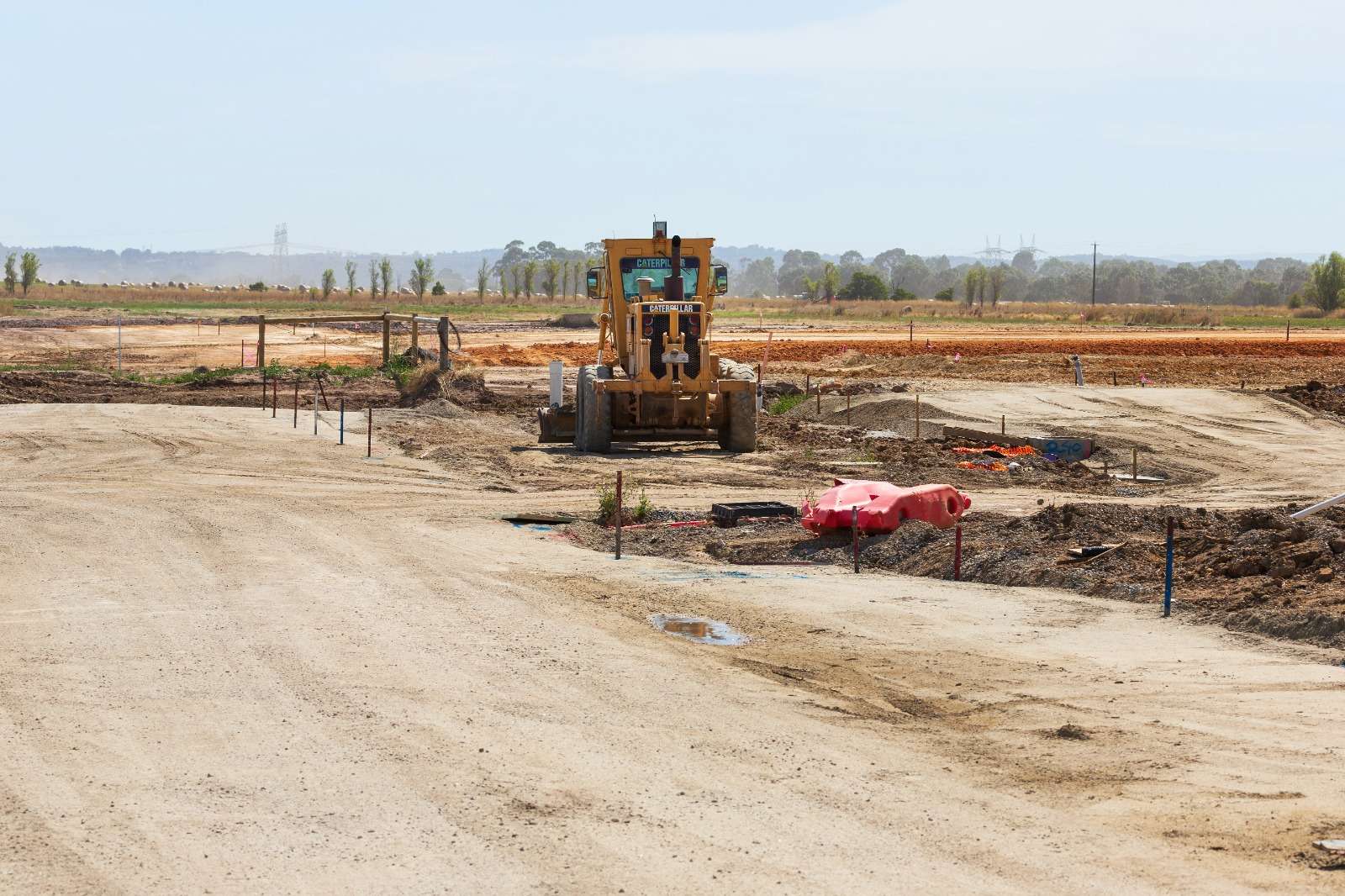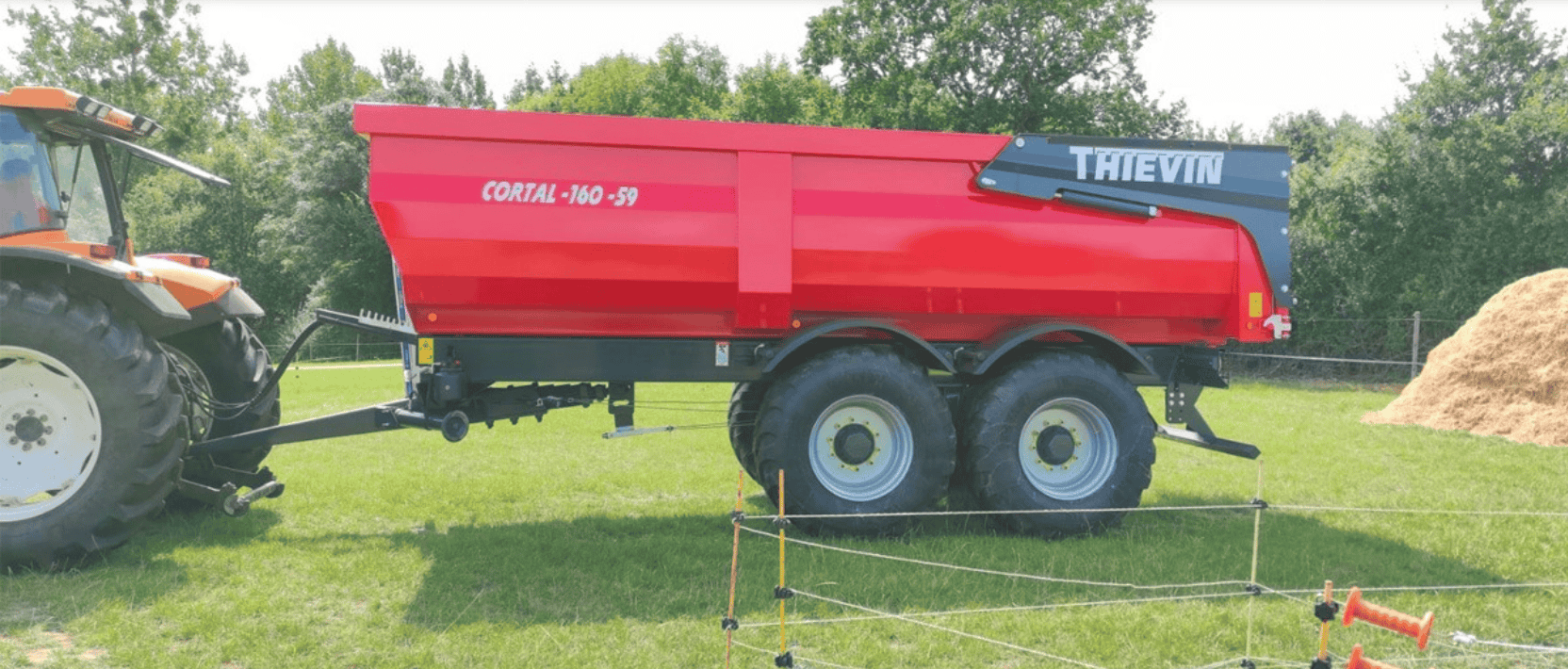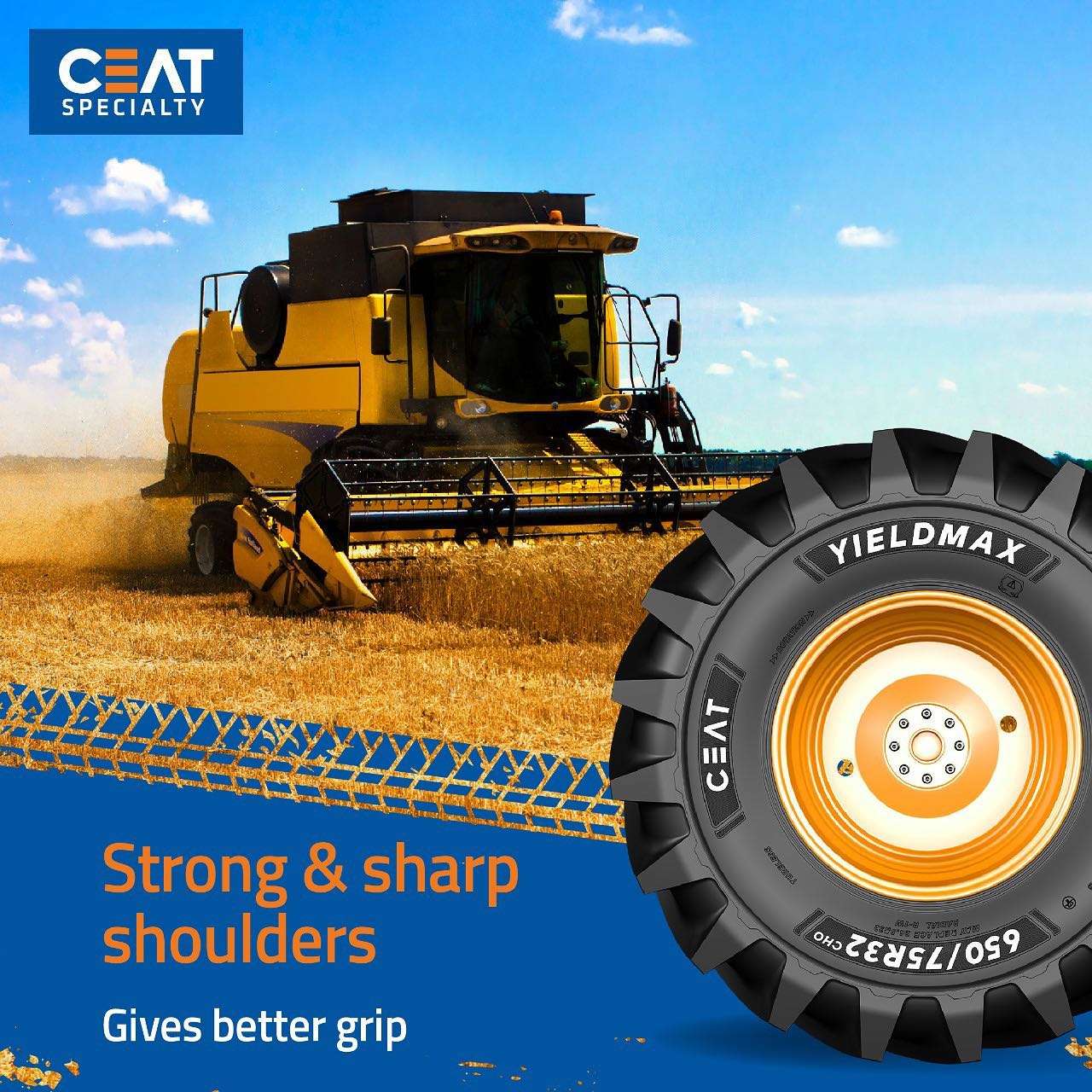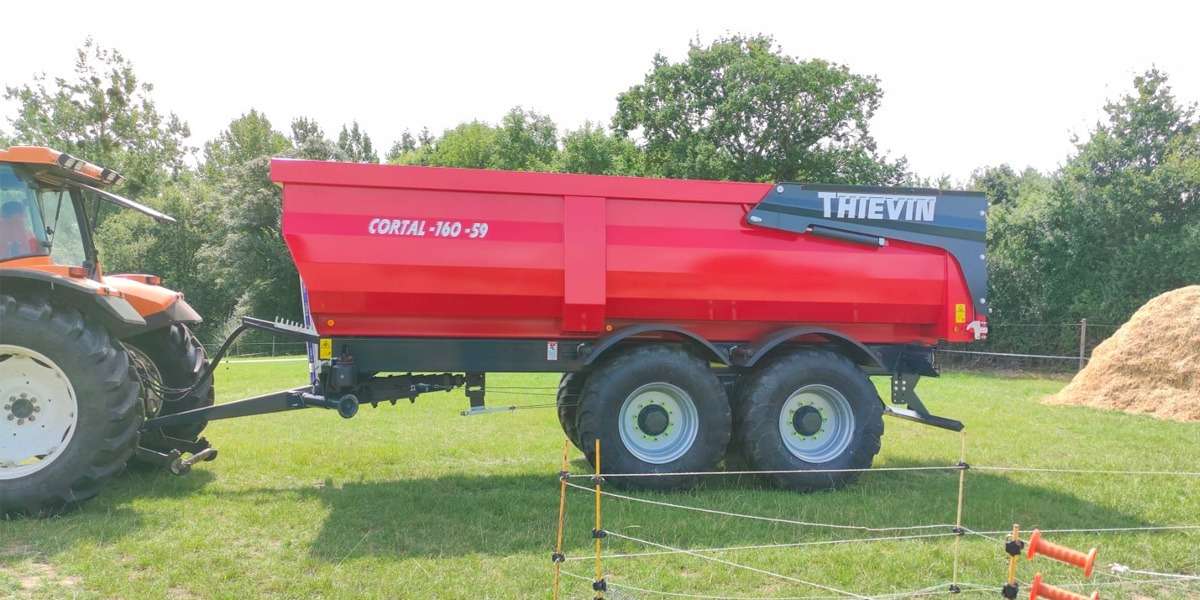ceat-speciality:blogs-tags/all,ceat-speciality:blogs-tags/products
Radial or Bias Ag Tires?
Sat, 4 May 2019 | PRODUCTS
It begins with answering these questions:
- What is your application?
- What is your needed load carrying capacity?
- Is compaction a concern?
- What is your timeline?
More Traction, Less Compaction
If the application requires high traction, you should target radials (like the CEAT FARMAX R85 pictured to the right) . . . same for reducing compaction.
What type of radial depends on the application, load carrying capacity needed and speed required. If high speed (above 25 mph) is required, you need a “D” rated or 40 mph rated tyre. If the standard radial does not have an adequate load carrying capacity required for the most demanding application, which is quite often when you are roading equipment at the highest speeds, you should look to the “IF” and “VF” options.
The “IF,” or increased flexion radials, carry about 20% more load than standard radials at the same inflation pressures. The “VF,” or very high flexion radials, carry about 40% more load than standard radials at the same inflation pressures.
Conversely, these high-tech tyres can carry the same loads as standard radials with reduced inflation pressures. If you want to run the lowest inflation pressures you can to help minimize compaction, the “IF” and “VF” options will provide the best opportunities to achieve your objective.
Placing an Ag tyre into service when it does not have the load carrying capacity or the speed rating required will lead to tyre damage and ultimately tyre failure.
The Bias Option
Bias tyres might be an alternative but they do not provide the benefits of radial technology. If you want the best traction possible, improved efficiency, larger footprints, reduced compaction, a better ride, or any of the above, you need to stick with radials. Bias Ag tyres do not deliver these improved features due to the carcass design.
In most cases, the bias tyre will be less expensive than the radial but not always. Pricing differentials have narrowed in the last few years. It is always good to check both if you are considering bias tyres. Another very important factor is the service life of a comparable radial . . . about 30% longer than the bias.
If you just need a tyre that holds air, the bias design might be the right choice.
Keep in mind that the pricing of the bias tyres should be around 30% less than the radials to provide a comparable value or cost per hour of service regardless of additional benefits.
A pricing gap of that size, however, is becoming more and more rare these days.
Above all, ask your tyre dealer the right questions and request options along with the costs involved as well as the advantages and disadvantages of each option. The “best” option should not depend on what your tyre dealer has in the warehouse.
If you have any questions about this topic, please leave a comment below. And if you want to learn more about CEAT Ag tyres , click on the banner below. Thanks for reading!



